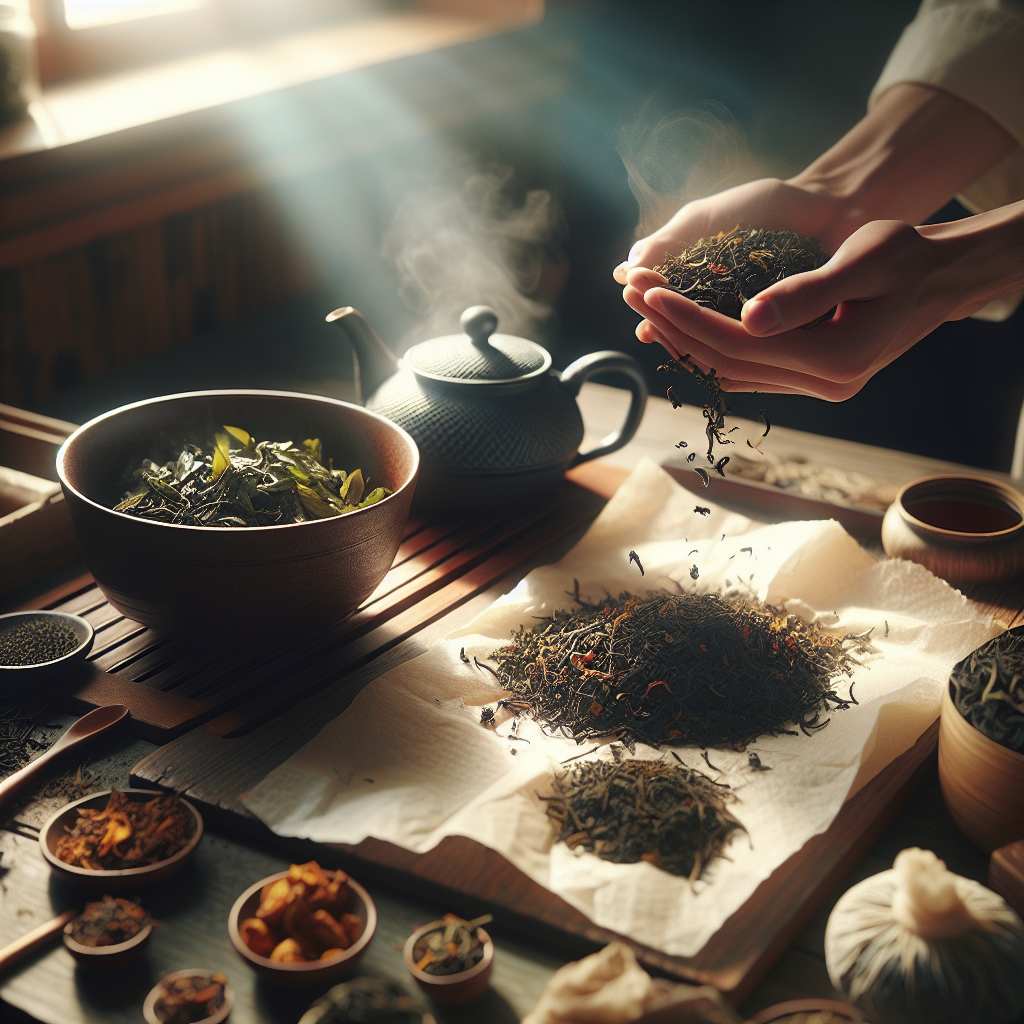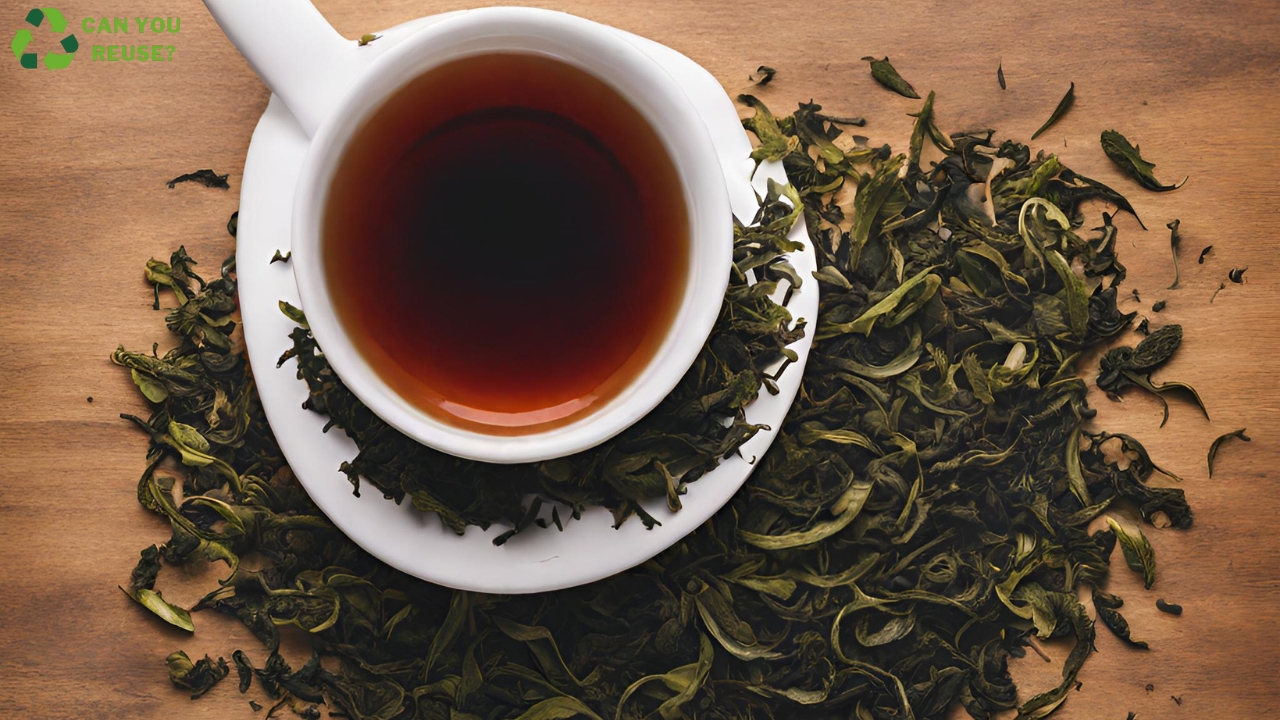Absolutely, reusing tea leaves is not just possible; it’s a practice steeped in tradition and savvy sustainability. Whether you’re a tea aficionado or a casual sipper, the journey of reusing tea leaves is both an art and a science, offering a delightful exploration into the depths of tea’s flavor profiles and environmental benefits.
Why Reuse Tea Leaves?
Reusing tea leaves is a nod to both frugality and environmental consciousness. It’s about squeezing every drop of value from those precious leaves. Imagine this: you’ve just brewed a pot of exquisite loose-leaf tea, savoring its aroma and taste. Instead of discarding those leaves, giving them a second, or even third, life not only maximizes your investment but also reduces waste. It’s like getting an encore from your favorite band, each performance revealing new notes and rhythms previously unnoticed.

The Flavorful Encore: Reusing Tea Leaves
The magic of reusing tea leaves lies in the transformation of flavors. Some teas, especially those with tightly curled leaves or larger ingredients, unveil their full character only after the first steeping. Oolong and pu-erh teas, for instance, are renowned for their evolving taste profiles with each subsequent brew. The first cup might introduce a melody of flavors, while the second and third acts deepen the experience, bringing forward nuances that were merely whispers before.
Best Practices for Reusing Tea Leaves
To ensure a safe and enjoyable encore, follow these best practices:
- Timely Reuse: Aim to reuse your tea leaves on the same day. If you must wait, ensure they’re stored properly to avoid mold and bacteria growth.
- Proper Storage: Spread the used leaves on a paper towel to dry, then store them in an airtight container in a cool, dark place if not reusing immediately.
- Mind the Flavor: Expect a milder taste with each reuse. This isn’t a compromise but an opportunity to discover the tea’s subtler sides.
Creative Reuses Beyond the Cup
Beyond brewing another cup, used tea leaves have a myriad of uses. They can be composted, enriching your garden soil with nutrients. Or, use them as a natural deodorizer, absorbing odors in your fridge or shoes. The possibilities extend as far as your imagination goes.
FAQs on Reusing Tea Leaves
Q. Can I reuse tea bags?
A. Yes, but expect a weaker flavor. Loose leaf teas are generally better candidates for multiple uses due to their quality and size.
Q. How many times can I reuse tea leaves?
A. It varies. Some teas, like certain oolongs and pu-erhs, can be rebrewed multiple times without a significant loss of flavor.
Q. Is it safe?
A. Yes, if you follow proper storage guidelines and reuse them within a reasonable timeframe to prevent mold and bacteria.
Conclusion
Reusing tea leaves is a journey of discovery, sustainability, and respect for the leaf. It’s about finding joy in the subtleties, reducing waste, and celebrating the versatility of tea. So next time you brew a pot, remember that the end of your cup is just the beginning of another flavorful adventure. Cheers to the encore!Remember, the key to a successful encore with your tea leaves lies in experimentation and mindfulness. Each tea has its own story to tell, and by reusing tea leaves, you’re privy to the unfolding of its deeper narratives.


Leave a Reply